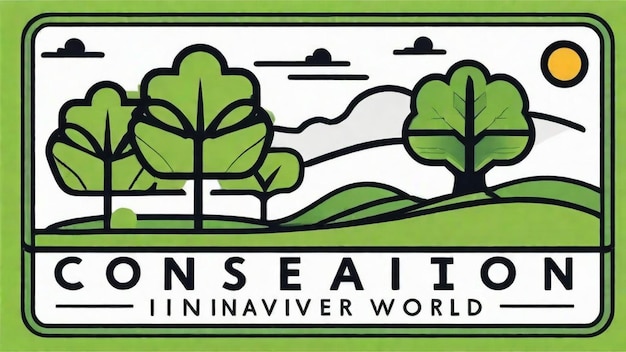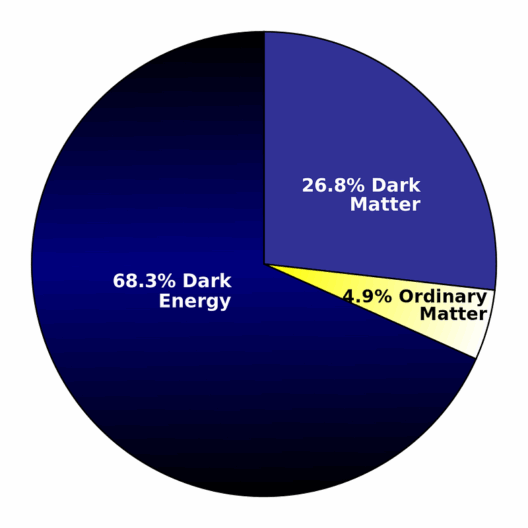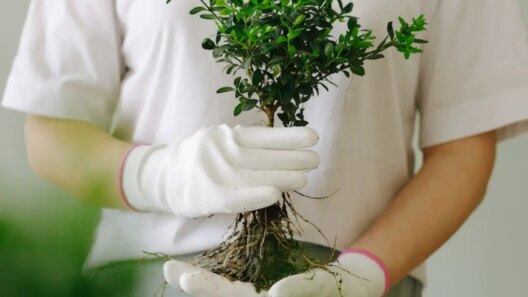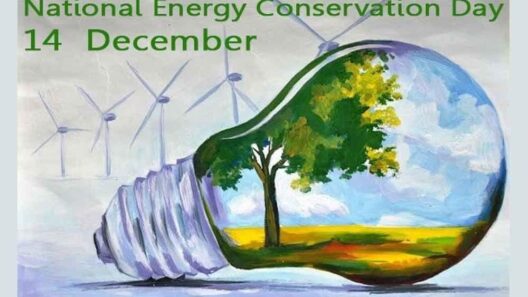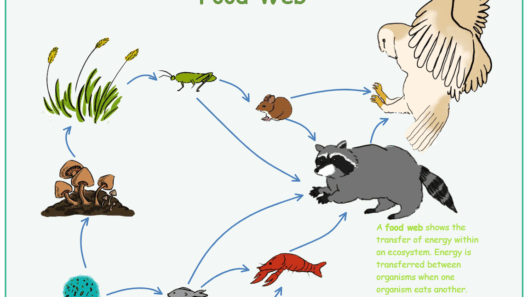In the persistent quest for sustainable solutions to combat climate change, the advent of innovative materials has taken center stage. One such material, polyurea, is reshaping energy conservation through its remarkable properties and diverse applications. From industrial coatings to seamless roofing systems, polyurea is not merely a novel substance; it represents a paradigm shift in how we approach energy efficiency and environmental impact.
Polyurea is a type of elastomeric polymer formed by the reaction of an isocyanate with a polyol. This swift-reacting compound exhibits outstanding flexibility, durability, and resistance to various environmental factors. Its rapid curing time allows for immediate application and use, making polyurea a practical choice for a multitude of industrial purposes. Unlike traditional materials, which may require lengthy installation processes or extensive downtime, polyurea’s efficiency facilitates timely execution without compromising performance.
One of the most tangible benefits of polyurea lies in its thermal insulation properties. Efficient thermal management is critical in energy conservation, particularly within industrial settings where temperature regulation is paramount. Polyurea can be effectively applied as an insulation layer, significantly reducing energy losses associated with heating and cooling systems. The seamless application of polyurea eliminates thermal bridging, a common issue with conventional insulation materials that could potentially lead to energy inefficiencies.
Moreover, polyurea’s hydro-insensitive characteristic augments its efficacy as an insulator. Standard insulation often loses effectiveness when exposed to moisture, resulting in inefficiencies and increased energy consumption. Polyurea forms a barrier that repels water, ensuring that insulation remains intact and effective over prolonged periods. This creates a more stable indoor environment, ultimately leading to decreased reliance on heating and cooling systems.
The versatility of polyurea further expands its role in energy conservation. It serves not only as an insulative material but also as a protective coating. In industrial environments, equipment and machinery are often subjected to harsh conditions that contribute to wear and tear. By applying polyurea coatings, the longevity of these assets can be increased significantly, engendering reduced energy consumption associated with repairs and replacements. This has implications not only for corporate bottom lines but also for resource conservation at a broader scale.
In the realm of construction, polyurea’s potential is equally transformative. Builders and architects leverage its unique properties to create energy-efficient structures. For instance, polyurea can be employed to seal gaps and joints within roofs and walls. These applications not only reduce energy leakage but also enhance the overall airtightness of buildings. Enhanced airtightness ensures regulated temperature control, which directly correlates with energy savings during heating and cooling seasons.
Furthermore, polyurea’s longevity contributes to sustainability initiatives. Traditional building materials often require frequent replacements, generating substantial waste and consuming additional resources over their lifetimes. Polyurea’s inherent properties lead to longer-lasting surfaces, allowing for fewer renewals and consequently, lower environmental footprints. This longevity dovetails harmoniously with the principles of sustainable development by maximizing efficiency and minimizing waste.
The burgeoning popularity of polyurea extends beyond mere energy conservation; its impact is palpable in several eco-friendly advancements. The material is often utilized in the linings of water and wastewater treatment facilities. The protective lining created by polyurea ensures the integrity of these systems, preventing leaks and contamination. By preserving resources and maximizing the use of existing infrastructure, communities can achieve better outputs with less input, aligning with various sustainability goals.
Beyond the industrial and construction realms, polyurea is also making waves in the area of renewable energy. Wind turbine blades, for example, can benefit from polyurea coatings, which provide added durability and resistance to environmental stressors. Enhanced durability in such components not only extends their service life but also improves the overall energy yield of renewable energy systems. The coupling of enhanced performance with energy production creates a cyclical advantage in the broader pursuit of reducing carbon emissions.
The positive implications of polyurea are not limited to its energy conservation prowess. The material is also increasingly recognized for its environmentally friendly attributes. Formulated with low volatile organic compounds (VOCs), polyurea contributes to improved indoor air quality, which is imperative in both commercial and residential settings. This commitment to minimizing harmful emissions reinforces the argument for adopting polyurea as a go-to material in modern applications.
As society increasingly gravitates toward sustainability, materials like polyurea will play a central role in shaping a greener future. Its multifaceted applications embody a broader movement toward resource efficiency and energy conservation. The versatility, efficacy, and environmentally benign nature of polyurea position it as an invaluable resource in numerous sectors, from industry to residential construction.
In conclusion, the rich tapestry of polyurea’s capabilities paints a compelling picture of innovation in the context of energy conservation. By embracing this remarkable material, industries can significantly bolster their contributions to a more sustainable future. The allure of polyurea does not merely stem from its unique properties; it resonates with a deeper commitment to environmental stewardship and a proactive approach to climate change. In the face of an escalating environmental crisis, such innovations offer a glimmer of hope and a pathway toward a more resilient, eco-conscious world.


